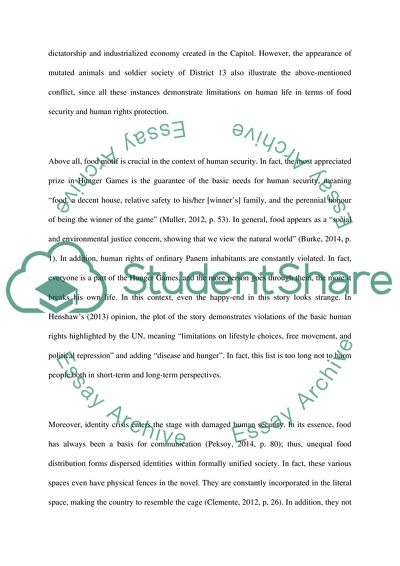Cite this document
(The Impact and Treatment of Security Threats by the State in The Essay Example | Topics and Well Written Essays - 2000 words, n.d.)
The Impact and Treatment of Security Threats by the State in The Essay Example | Topics and Well Written Essays - 2000 words. https://studentshare.org/social-science/1865773-assess-the-impact-and-treatment-of-security-threats-by-the-state-in-collins-suzanne-2008-the-hunger-games-new-york-scholastic
The Impact and Treatment of Security Threats by the State in The Essay Example | Topics and Well Written Essays - 2000 words. https://studentshare.org/social-science/1865773-assess-the-impact-and-treatment-of-security-threats-by-the-state-in-collins-suzanne-2008-the-hunger-games-new-york-scholastic
(The Impact and Treatment of Security Threats by the State in The Essay Example | Topics and Well Written Essays - 2000 Words)
The Impact and Treatment of Security Threats by the State in The Essay Example | Topics and Well Written Essays - 2000 Words. https://studentshare.org/social-science/1865773-assess-the-impact-and-treatment-of-security-threats-by-the-state-in-collins-suzanne-2008-the-hunger-games-new-york-scholastic.
The Impact and Treatment of Security Threats by the State in The Essay Example | Topics and Well Written Essays - 2000 Words. https://studentshare.org/social-science/1865773-assess-the-impact-and-treatment-of-security-threats-by-the-state-in-collins-suzanne-2008-the-hunger-games-new-york-scholastic.
“The Impact and Treatment of Security Threats by the State in The Essay Example | Topics and Well Written Essays - 2000 Words”. https://studentshare.org/social-science/1865773-assess-the-impact-and-treatment-of-security-threats-by-the-state-in-collins-suzanne-2008-the-hunger-games-new-york-scholastic.


